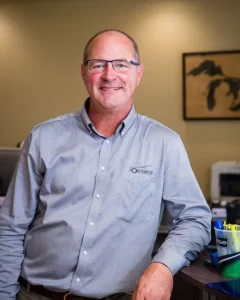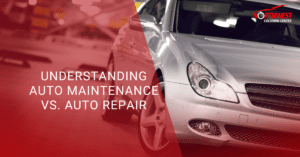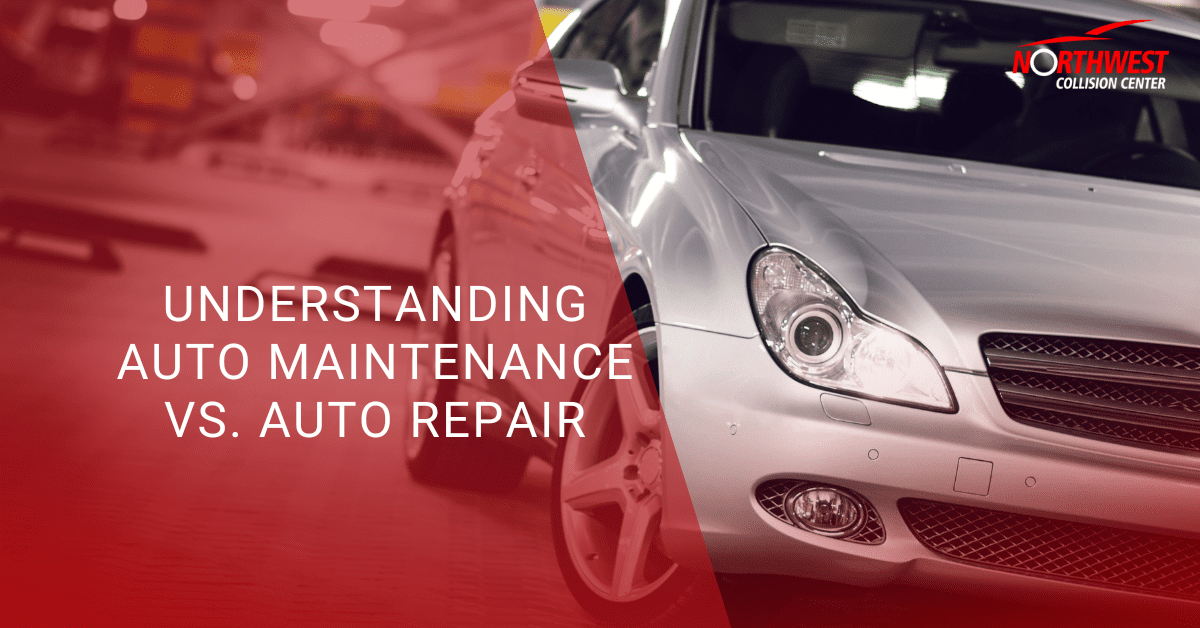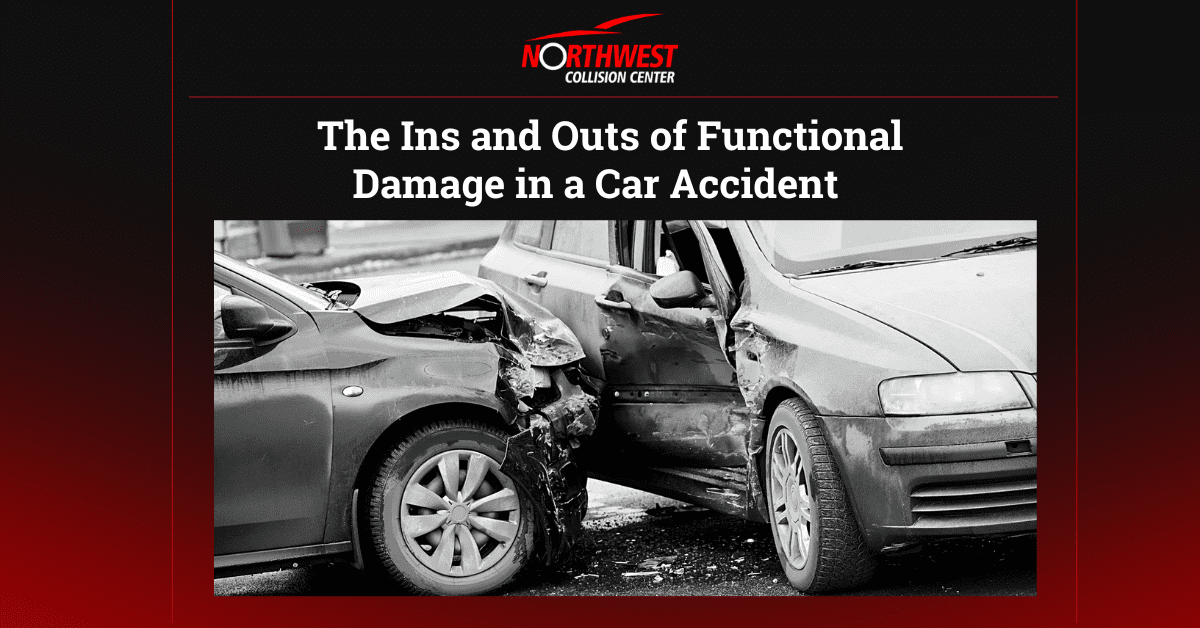Painless or paint-less dent repair refers to the process of removing diminutive dents from the surface of a vehicle. So long as the paint surface remains in contact, PDR can be used to easily repair any kind of vehicle dent. PDR can also be used to repair various car damages like minor creases, door dings, bodyline damages, large dents and hail damage.
In addition, PDR can be used in preparing vehicle panels and making them ready for repainting and thus, minimizing the use of fillers and generally reducing expenditure. Commonly known as “push for paint” or “push to paint,” it helps many companies, firms, individuals and enterprises to save the money that could have been used on purchasing new vehicles or getting more expensive repairs.
However, this method of repair has a main limitation when it comes to the flexibility in the color use. It base suits a limited variety of colors. PDR is as well disadvantaged when it comes to repairing dents on very thick metal surfaces with flat curvatures. Typically, this method of vehicle repair best suits trivial dents. Getting a well-trained technician is advisable in the case where the dent is shallow but sharp and stretched.
The History of Painless or Paint-less Repair Technique
PDR was invented by Flaig Oskar in Feb 1960 and was first launched at the International Sports Motor Show in New York City, United States of America.
Oskar was an ordinary affiliate of the Mercedes staff. He made vast modifications on this repair technique. While at Mercedes, he majorly dealt with paintwork and therefore, accrued great knowledge about car painting services. Although he used simple tools like a hammer, to execute PDR, his work was perfect and thus, there was need to promote this repair technique.
Later, PDR was introduced in Argentina (1972), Australia (1978) and North America (1986). Its founder was Balderrama Nataluio. He named the PDR under Dent Wizard International Company.
Techniques Used By PDR
PDR make use of metal rods when pushing dents from the underside towards the exterior of the body panel. In other circumstances, designs tabs or glues are used to pull the dent out then into position. A fine tuning is done by tapping down the repaired dents to eradicate high spots. If done by quality technicians, high spots are removed by painting the surface using orange peel.
This is a great vehicle dent repair technique that you ought to try and be able to identify its high quality advantages.










